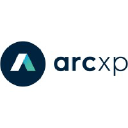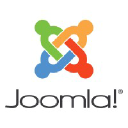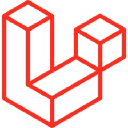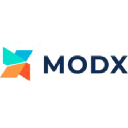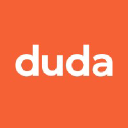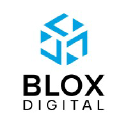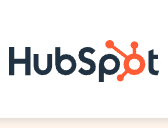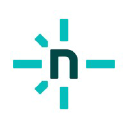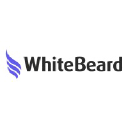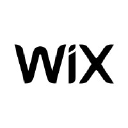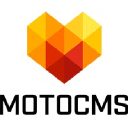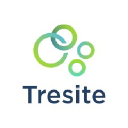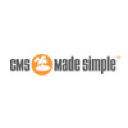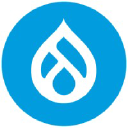
Drupal
Drupal: Open Source CMS
Drupal is a free and open-source content management system (CMS) written in PHP and distributed under the GNU General Public License. It is used for building websites and web applications.
Key Features
- Flexible content architecture: Drupal allows users to create and manage structured content using fields, content types, and taxonomies.
- Modular design: Drupal's functionality can be extended through the use of modules, enabling users to add features and customize their websites.
- Theming system: Drupal's theming system allows designers to create custom layouts and styles for their websites.
- User management: Drupal provides a robust user management system with roles, permissions, and user authentication.
- Multilingual support: Drupal has built-in support for creating multilingual websites.
- API-first approach: Drupal can serve as a decoupled or headless CMS, providing content via APIs to other applications and front-end frameworks.
Drupal Community
The Drupal community is a large, global network of developers, designers, and users who contribute to the development and support of the CMS. The community is known for its collaborative and inclusive nature, with events, forums, and resources available for users of all skill levels.
Drupal Versions
| Version | Release Date |
|---|---|
| Drupal 9 | June 3, 2020 |
| Drupal 10 | December 14, 2022 |
Drupal follows a predictable release cycle, with new major versions released every two years and minor versions released periodically for each major version.
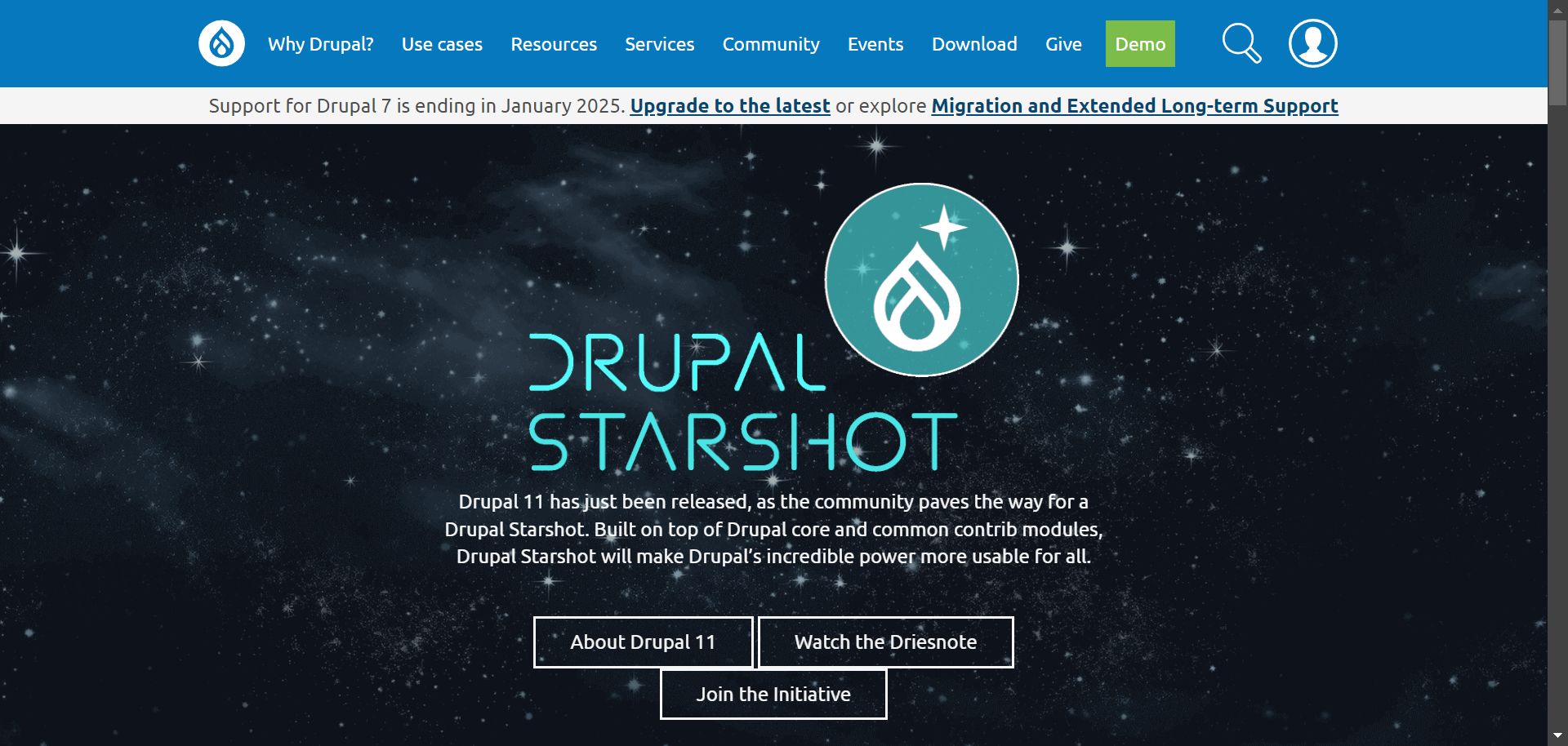
Drupal
Drupal, a powerful and versatile open-source content management system, has been a top choice for developers and content creators since its inception in 2001. This review explores Drupal's features, capabilities, and ecosystem to help you determine if it's the right CMS for your needs.
1. Overview and purpose of the CMS
Drupal is a flexible, open-source content management framework designed to build and manage complex websites and web applications.
It caters to a wide range of industries, including government, education, and enterprise organizations.
Drupal powers approximately 2.3% of all websites worldwide, including notable sites like NASA, The Economist, and UNESCO.
2. User interface and ease of use
Drupal's admin interface offers a clean and intuitive dashboard for managing content and site settings.
The learning curve can be steep for beginners, but Drupal 8 and 9 have made significant improvements in user experience.
Advanced users benefit from Drupal's flexibility and powerful configuration options.
3. Content creation and editing tools
Drupal provides a robust set of content creation tools, including a WYSIWYG editor and custom content types.
The CKEditor integration allows for easy formatting and media embedding.
Content creators can leverage structured content through Drupal's field system, enabling better organization and reusability.
4. Asset management capabilities
Drupal offers comprehensive media management features, including support for images, videos, and documents.
The Media Library module provides a centralized repository for organizing and reusing media assets across the site.
Advanced image handling capabilities include on-the-fly image resizing and responsive images.
5. Customization and extensibility options
Drupal's modular architecture allows for extensive customization through themes and modules.
The Drupal.org module repository hosts over 47,000 free modules for adding functionality.
Developers can create custom modules using Drupal's API and leverage the Symfony framework components.
6. SEO features and optimization tools
Drupal provides built-in SEO features like clean URLs, customizable metadata, and XML sitemaps.
Popular SEO modules like Metatag and Pathauto enhance optimization capabilities.
Drupal's performance optimization features contribute to improved page load times, a crucial factor for search rankings.
7. Security measures and user management
Drupal is known for its strong security features and regular security updates.
The platform offers granular user permissions and role-based access control.
Drupal's Security Team actively monitors and addresses potential vulnerabilities, with a track record of quick response times.
8. Performance and scalability
Drupal is designed to handle high-traffic websites and complex applications.
Built-in caching mechanisms and support for CDN integration improve performance.
Drupal's database abstraction layer allows for easy scaling and database optimization.
9. Integration with third-party tools and services
Drupal offers extensive integration capabilities through its API and contributed modules.
Popular integrations include CRM systems, marketing automation tools, and e-commerce platforms.
The Services module enables easy creation of RESTful APIs for external application integration.
10. Pricing and support options
Drupal is free to download and use, with no licensing fees.
Professional support and hosting services are available through Drupal service providers and agencies.
Drupal's enterprise-grade support is offered through Acquia, a company co-founded by Drupal's creator.
Drupal, a powerful and versatile open-source content management system, has been a top choice for developers and content creators since its inception in 2001. This review explores Drupal's features, capabilities, and ecosystem to help you determine if it's the right CMS for your needs.
1. Overview and purpose of the CMS
Drupal is a flexible, open-source content management framework designed to build and manage complex websites and web applications.
It caters to a wide range of industries, including government, education, and enterprise organizations.
Drupal powers approximately 2.3% of all websites worldwide, including notable sites like NASA, The Economist, and UNESCO.
2. User interface and ease of use
Drupal's admin interface offers a clean and intuitive dashboard for managing content and site settings.
The learning curve can be steep for beginners, but Drupal 8 and 9 have made significant improvements in user experience.
Advanced users benefit from Drupal's flexibility and powerful configuration options.
3. Content creation and editing tools
Drupal provides a robust set of content creation tools, including a WYSIWYG editor and custom content types.
The CKEditor integration allows for easy formatting and media embedding.
Content creators can leverage structured content through Drupal's field system, enabling better organization and reusability.
4. Asset management capabilities
Drupal offers comprehensive media management features, including support for images, videos, and documents.
The Media Library module provides a centralized repository for organizing and reusing media assets across the site.
Advanced image handling capabilities include on-the-fly image resizing and responsive images.
5. Customization and extensibility options
Drupal's modular architecture allows for extensive customization through themes and modules.
The Drupal.org module repository hosts over 47,000 free modules for adding functionality.
Developers can create custom modules using Drupal's API and leverage the Symfony framework components.
6. SEO features and optimization tools
Drupal provides built-in SEO features like clean URLs, customizable metadata, and XML sitemaps.
Popular SEO modules like Metatag and Pathauto enhance optimization capabilities.
Drupal's performance optimization features contribute to improved page load times, a crucial factor for search rankings.
7. Security measures and user management
Drupal is known for its strong security features and regular security updates.
The platform offers granular user permissions and role-based access control.
Drupal's Security Team actively monitors and addresses potential vulnerabilities, with a track record of quick response times.
8. Performance and scalability
Drupal is designed to handle high-traffic websites and complex applications.
Built-in caching mechanisms and support for CDN integration improve performance.
Drupal's database abstraction layer allows for easy scaling and database optimization.
9. Integration with third-party tools and services
Drupal offers extensive integration capabilities through its API and contributed modules.
Popular integrations include CRM systems, marketing automation tools, and e-commerce platforms.
The Services module enables easy creation of RESTful APIs for external application integration.
10. Pricing and support options
Drupal is free to download and use, with no licensing fees.
Professional support and hosting services are available through Drupal service providers and agencies.
Drupal's enterprise-grade support is offered through Acquia, a company co-founded by Drupal's creator.
upport, and robust ecosystem make it a compelling choice for enterprise-level projects.As Drupal continues to evolve, its commitment to innovation, security, and adaptability ensures its position as a leading content management framework for years to come.
Website:

